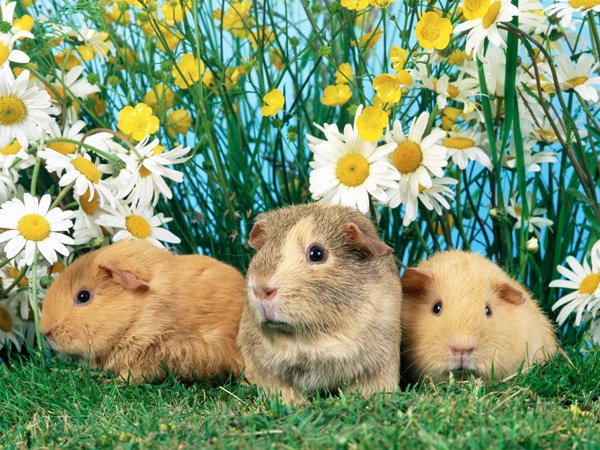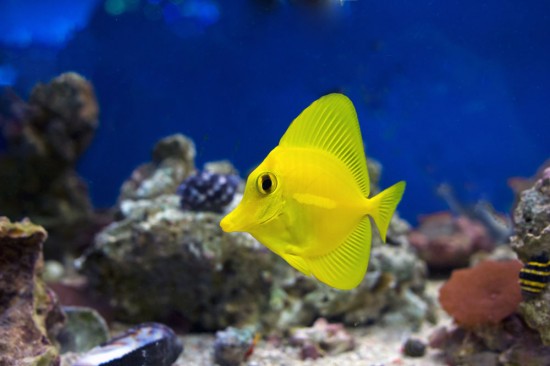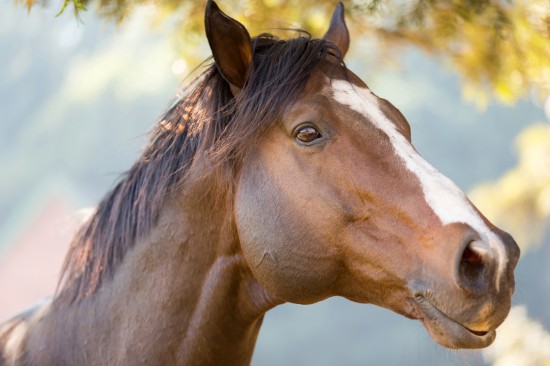One of the most popular backyard birds in the North is the Black-Capped Chickadee. With its mellifluous song and active personality, many birders have sought ways to lure the Black-Capped Chickadee to feed and nest near their home. If you're one of those people, here are a few tips to get attract the beautiful bird into your yard.
Luring the Black-capped Chickadee into your yard
Black-capped Chickadees, like all birds, are attracted to yards that provide shelter, food and nesting areas. Yards with a lot of trees, plants and some opens areas are particularly welcoming to the chickadees. Chickadees will also be drawn to places that have special wren birdhouses to offer shelter.
The diet of Black-capped Chickadees consists mainly of insects, such as insect eggs and larvae. They are also known to eat berries and seeds during the winter when insects are harder to find. The best way to attract a Black-capped Chickadee to your yard is to purchase a bird feeder. Some of the feeders they've been known to frequent are tube feeders, hopper feeders, platform feeders and suet feeders. Black-capped Chickadees will eat black oil sunflower seeds, peanuts and suet. For beginners, good food sources are pet food, Wild Delight Woodpecker, Nuthatch and Chickadee Food.
Nesting habits
During winter months, Black-capped Chickadees tend to flock together, and by the time spring comes, they have begun selecting mates. Nesting season lasts from May to June. The birds often establish a variety of nests before selecting one to use, which are typically in a partially rotted tree trunk or an old woodpecker nest. During nesting, they do not like to be disturbed and will move nests if predators are present. When the nest is chosen, the female will lay five or six eggs and will incubate them for about 12 days, while the male feeds her. Young Black-capped chickadees typically leave the nest after 16 days.
Persuading Black-capped Chickadees to nest in your yard
If you'd like to have Black-capped Chickadees nest in your yard, there are some things you can do to encourage them. Provided there are no rotted trees or prime nesting spots already in your yard, you should purchase a nesting box. Good nesting spots mimic the natural nesting areas of the Black-capped Chickadees. They rarely nest close to the ground, so choose a spot for the box between one and three yards off the ground. Black-capped Chickadees are not very aggressive in fighting for a nesting area and can be ousted by wrens, which makes a wren guard important. Placing wood shavings and even an old can from soup in the box will make it a more appealing nesting spot.

 What Is The Runt Of The Litter ?
What Is The Runt
What Is The Runt Of The Litter ?
What Is The Runt
 Saluki Dog Hereditary Health And Average Longevity
Saluki Dog Heredi
Saluki Dog Hereditary Health And Average Longevity
Saluki Dog Heredi
 Nutritious food should not be neglected for your fishes
Nutritious food should not be neglected for your fishes
Nutritious food should not be neglected for your fishes
Nutritious food should not be neglected for your fishes
 Keeping Marine Fish - Is It As Difficult As It Seems?
Keeping Marine Fi
Keeping Marine Fish - Is It As Difficult As It Seems?
Keeping Marine Fi
 Has Your Horse Got A Hearing Problem?
Has Your Horse Go
Has Your Horse Got A Hearing Problem?
Has Your Horse Go